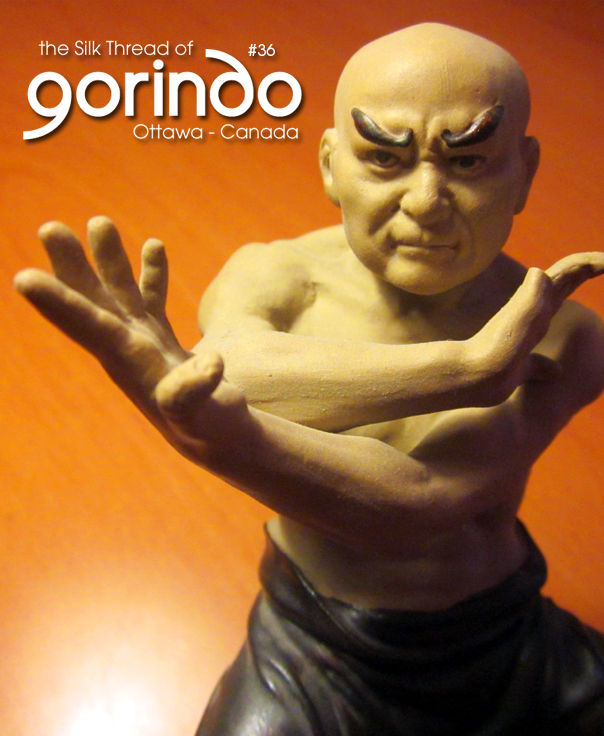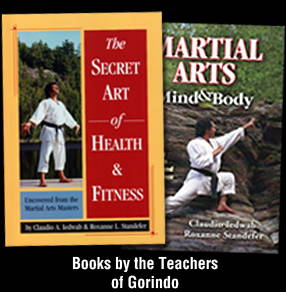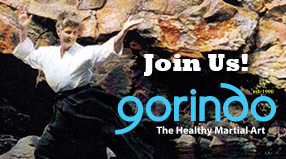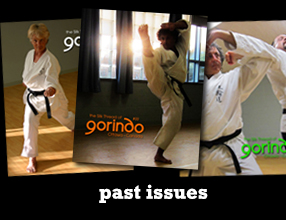
The Silk Thread of Gorindo - Ottawa - Canada
- What's Self-Defense - Part 4
Cover Photo by ©2013 Claudio Iedwab
Focusing on Your Breathing

In the martial arts the kind of meditation that is studied begins with a practice that seems mental but its method is essentially physical. Sitting quietly in seiza, as usually occurs at the beginning and end of a martial arts class seems mainly an exercise in sitting completely still. In reality the student is holding themselves perfectly correctly and focusing their considerable mental efforts at just breathing. This requires energy that needs to be united with a quiet spirit. The exercise is to learn how to play one note in the quiet. Imagine striking a bell or a drum without making another sound. Not the sound of moving to pick up a stick, the sound of the striking, nor the rattle of the hardware; just the actual sound of the waves pushing through the air.
By beginning this way, in both class and life, as the noise piles up and distractions impose on the mental composure of the student, they are more able to remember and re- imagine a calmer quieter way of moving mentally. By also moving physically in a manner that emulates the desired state of the mind, the connective patterns are easier to maintain. For the Meditative Kiai of the martial artist the breathing is the focus of the mental state. The conscious awareness of it will wind its way in and out of the framework as the exercise progresses, whether in the still state of seiza or the active moving state of the kata.
The student will learn visualization through the practice of imagining the flow of air in the breathing process. He or she will envision a circulation of energy in the body originating in the hara and feeding from the oxygen and prana (Sanskrit) or ki energy obtained from the surrounding environment. A major part of the exercise is to be able to see the body in the mind and adjust its architecture—the spinal alignment and positioning of the head and the pelvis in relation to it. One of the reasons for this is to provide the optimum physical conditions for the exchange of air within the body. For the martial artist, the further lessons about balance, equilibrium and relaxation are very valuable. Isolating particular muscles from others that must remain without tension involves a mental picture that is accurate and accessible.
Visualization helps prepare the mind and body for meditation, and can also be used to apply the resources of the mind to physical or mental problems, but meditation works by emptying the mind of dominating images.
Excerpt from “Martial Arts Mind & Body” by Claudio Iedwab & Roxanne Standefer. See their e-books available at askSensei.com >>
Photo by ©2013 Roxanne Standefer
- What's Self-Defense - Part 4
« Click the Subscribe link on the left




